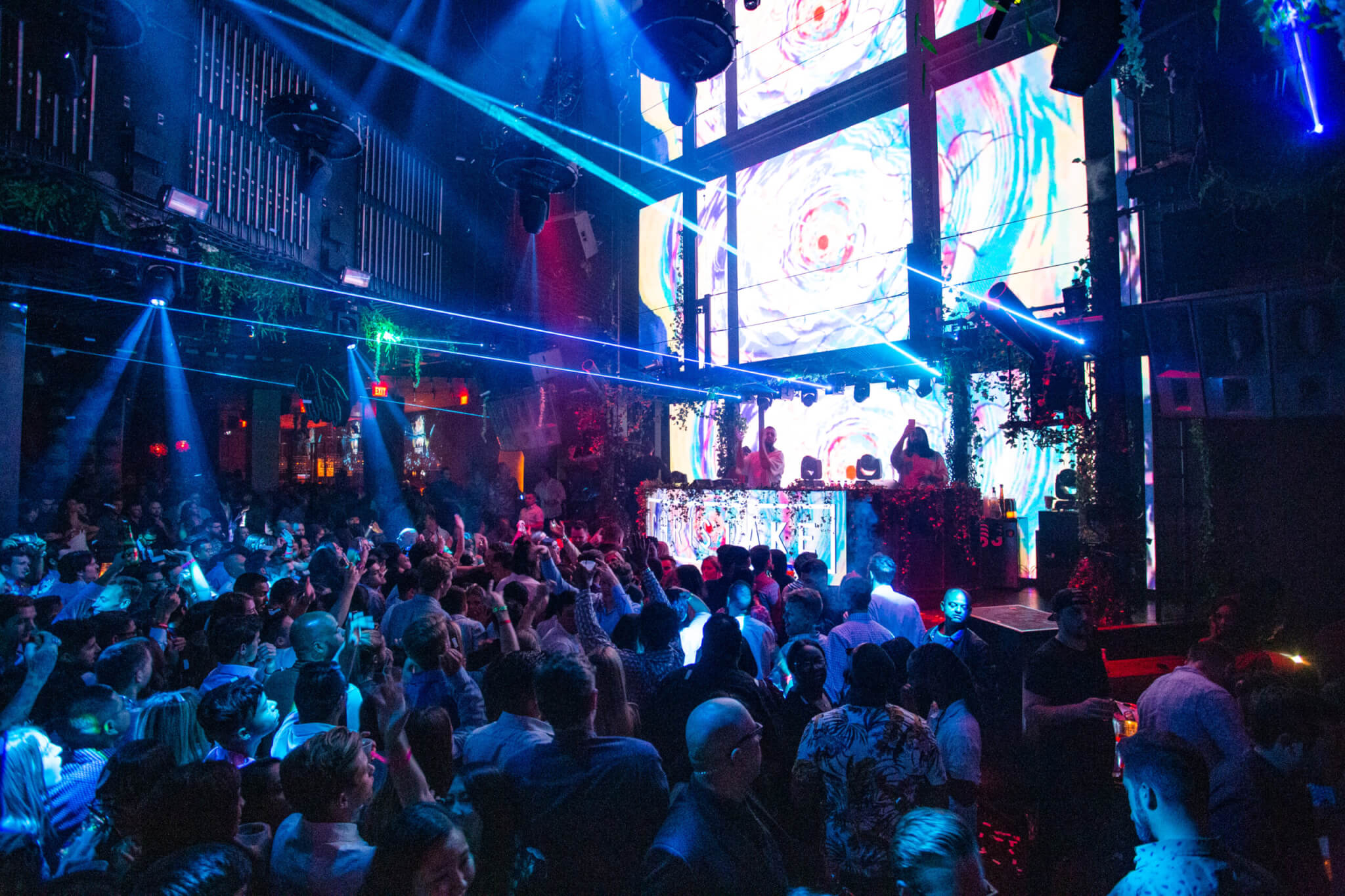
서부동나이트 s have been emblematic of the downtown nightlife world, providing as hubs wherever music, social interaction, and lively power converge to generate remarkable experiences. These spots, often cloaked in darkness and lighted with a kaleidoscope of shaded lights, offer more than a destination for a dance—they’re ethnic phenomena that form cultural makeup and activity trends. The attraction of a nightclub is based on its special environment, where in fact the routine daytime earth fades out, replaced by way of a kingdom fueled by rhythmic beats and a shared wish for escapism.
Walking into a nightclub is like moving in to a different dimension. The major bass vibrations resonate through a floor, placing an actual beat that directions bodies to move. DJs art delicate soundscapes that mixture styles, from sporting electronic party music to smooth hip-hop and enthusiastic place, producing an auditory playground that provides diverse tastes. The audio isn’t only history noise nevertheless the pulse of the membership, guiding the crowd’s power and creating a collective experience of pleasure and release. This synchronization of sound and action fosters a sense of community among strangers, united by way of a common love for the beat.
Beyond the audio, the social fabric of clubs is wealthy and complex. These spots act as cultural equalizers, wherever folks from various skills come together to interact, flirt, and move connections. The poor illumination and intimate rooms inspire openness and spontaneity, allowing individuals to shed daily inhibitions and show themselves freely. Nightclubs frequently become options for wonderful encounters—whether short instances of provided enjoyment on the dance floor or the start of sustained friendships and passionate relationships. This social magnetism is just a crucial purpose clubs continue steadily to thrive despite adjusting amusement landscapes.
The design and mood of a nightclub enjoy critical roles in shaping their identity. From glossy, smart rooms to extravagant, crafted situations, clubs invest heavily in aesthetic beauty that match the oral experience. Light shows, laser exhibits, and particular effects elevate the sensory activation, turning each visit in to a multisensory adventure. Bartenders and mixologists lead by creating inventive drinks that put flavor to the night, improving the general vibe. This cautiously curated atmosphere turns a simple evening out into an immersive experience, welcoming guests to reduce themselves in the moment.
Nevertheless, the nightclub tradition is not without their challenges. Dilemmas such as for instance overcrowding, noise issues, and protection problems have prompted sites to embrace stricter regulations and safety measures. Several clubs now highlight responsible drinking and inclusivity, striving to create secure rooms where everyone feels delightful irrespective of identity. The development of nightlife is also inspired by scientific developments, with clubs establishing digital elements like LED monitors and fun installations to remain relevant and engaging.
Despite these difficulties, clubs stay important cultural areas that reflect broader social trends. They behave as incubators for new music styles and style, influencing popular culture far beyond their walls. For many, an evening at the team is just a beloved ritual—an opportunity to remove from everyday pressures and reconcile with the straightforward delight of dance, music, and human connection.
Basically, clubs embody the vibrant spirit of metropolitan living following dark. They’re not only sites but activities that encapsulate the flexibility, creativity, and power of nightlife, pulling people in to a shared celebration of sound and social vibrancy. Whether a separate clubber or a casual visitor, the magnetic move of the nightclub remains to captivate and stimulate across generations

